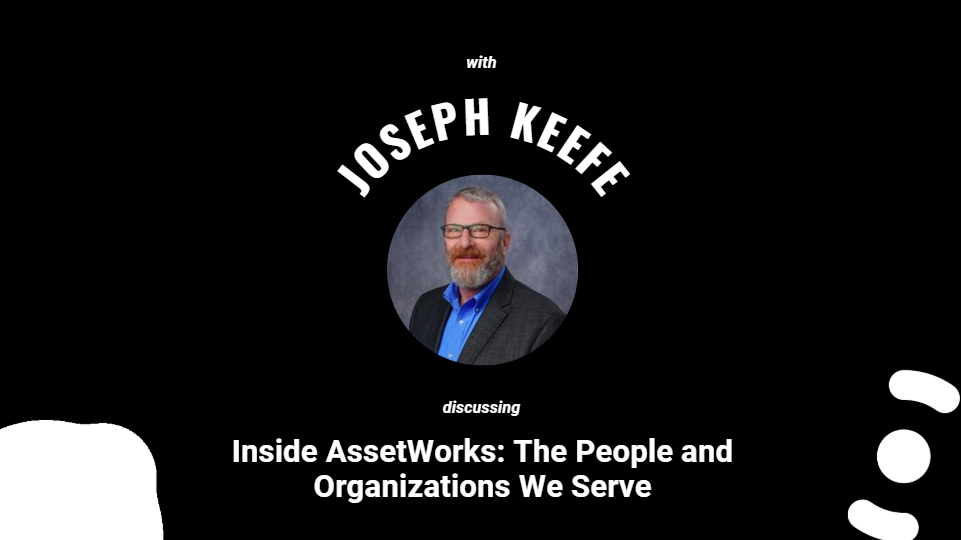Fleet software procurement is a multifaceted process that involves several moving parts and requires a keen understanding of various variables. It’s not as straightforward as buying office supplies; instead, it’s a complex exercise that demands expertise and insight. Given that fleet expenses are often a company’s second-largest cost, it’s essential to ensure best practices are in place. In this blog, we’ll explore the complexities of fleet procurement, offering insights and best practices based on 40 years of fleet management experience.
The Ever-Changing Nature of Fleet Procurement
When it comes to procuring vehicles, you’ll encounter numerous variables that can significantly impact the final cost. What’s quoted at the start of the procurement process may evolve as the fleet requirements and clarifications come in. Drivers, technicians and managers may request additional features or customisations, and factors like price increases, changing residual values, new assets and fluctuations in interest rates can affect costs.
Additionally, costs can escalate due to factors like implementation, service, maintenance, repair expenses, and training. It’s crucial to be prepared for these fluctuations and establish clear processes to handle them. Set clear deadlines and ensure all parties involved stick to them to avoid re-writing quotes repeatedly.

Know What You Want
The first step in fleet procurement is to define your needs clearly. Before considering a tender process, assess whether renegotiating with your current provider or going direct to suppliers is more suitable for your fleet. This could be any upgrades from technicians using app technology to more dynamic reporting functionality. However, beware of seemingly “free” services and incentives, as providers can recoup these costs over the contract’s duration. Transparency in contracts is key, with no hidden costs, ensuring long-term value is not sacrificed for short-term gains.
Benchmarking price should consider the profile of your fleet, including which vehicle models are being refreshed or replaced. Furthermore, factor in emerging technology and sustainability goals if you plan to transition to an all-electric vehicle fleet. Your supplier should have the flexibility and range to adapt to these changes effectively.
Balancing Priorities
In a procurement process, consider creating a scorecard where you weigh various elements according to their importance. These elements could include risk, service levels, financial stability, corporate social responsibility, value for money, and price. Price should be a significant factor, accounting for 25% to 40% of the score, but remember not to confuse value for money with the lowest price.
Open Communication Is Key
When making procurement decisions, it’s crucial to involve key stakeholders, including fleet managers, finance directors, transport managers, procurement professionals, technicians and drivers. Their input is invaluable for ensuring the selected fleet provider meets the company’s needs. Open communication with suppliers is equally vital. Be transparent about any complications you face with your fleet, as this will help suppliers understand the level of support and service required.
Access to senior personnel within supplier organisations is crucial, particularly for third party arrangements, as you are subject to the supplier’s suppliers. Effective management of the fleet/supplier relationship through regular meetings and ongoing communication fosters a collaborative partnership that benefits both parties.

Use the Demo Time Strategically
When it comes to fleet software procurement, it’s crucial to maximise the value of the demonstration opportunities. Prior to the demonstration, collaborate with your team to build a comprehensive agenda that outlines what you want to see and evaluate in the software. Consider the specific needs and challenges of your fleet operations. Moreover, ensure that you allocate enough time during the demonstration for the supplier to gain a deep understanding of your operations. This proactive approach not only helps you make an informed decision but also enables the supplier to tailor their presentation to your unique requirements, ultimately leading to a more effective and successful partnership.
Public Sector Considerations
For public sector fleets, the procurement landscape can be more complex due to the need for absolute probity in spending taxpayers’ money. However, public sector fleets can participate in the development of Crown Commercial Service (CCS) frameworks, saving time and resources in the tender process. Additionally, there is ample opportunity to build partnerships once contracts are signed.
Choosing the Right Supplier
Consider whether to consolidate your entire fleet with a single provider or opt for multiple suppliers. While consolidating can simplify management, the cheapest option may not always be the best. Value encompasses service levels, training opportunities, innovation, and expertise, so make your decision with the bigger picture in mind.
Bundling or unbundling services is another consideration. Research the market to explore what’s on offer and request case studies and customer references. Visiting potential suppliers and meeting the individuals who will work on your account can provide insight into their day-to-day contract management and company culture.
Fleet software procurement is a multifaceted process that requires careful consideration of various elements. To ensure a successful procurement process, start by defining your needs clearly, maintain open communication with all stakeholders, and establish a transparent and collaborative partnership with your suppliers. Value should always outweigh the allure of the lowest price. By adhering to these best practices, your fleet procurement process can become a strategic advantage for your organisation.












